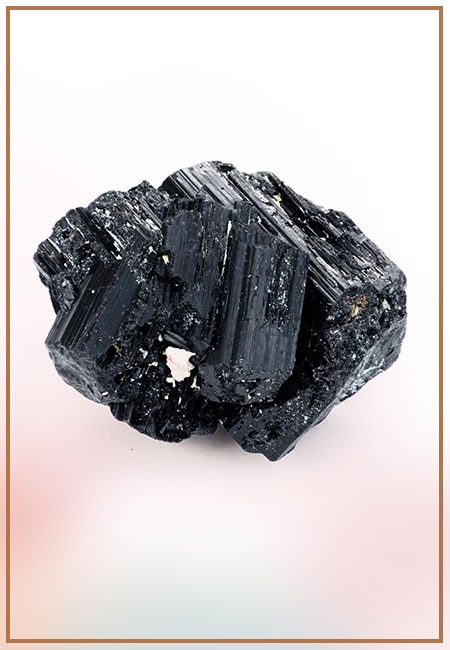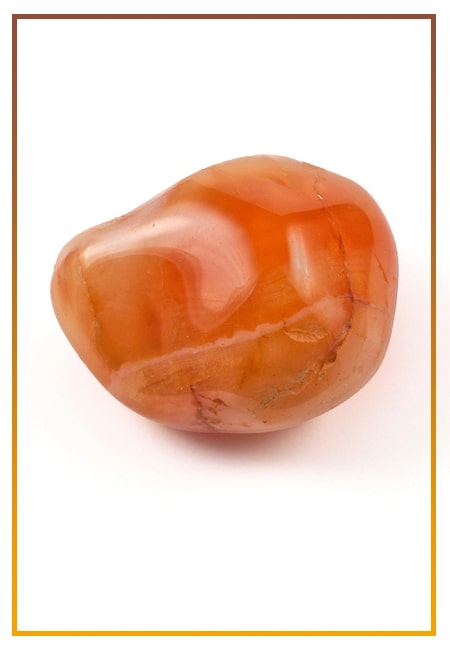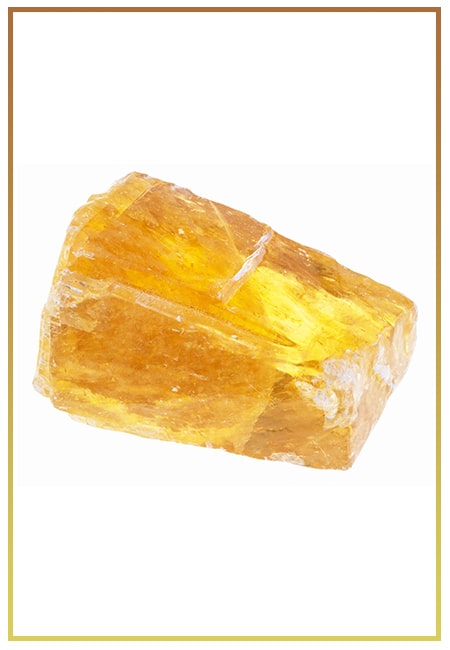- Written By Team DWS
- Festivals
- January 30, 2025
Celebrating Nature's Lungs: The Importance of World Wetlands Day
Every year on February 2nd, the world commemorates World Wetlands Day, a day that underscores the irreplaceable role wetlands play in our ecosystem. Declared by the Ramsar Convention on Wetlands in 1971, this day not only raises awareness about the vital importance of these ecosystems but also celebrates their rich biodiversity, environmental benefits, and cultural significance. In this blog post, we delve into the importance of wetlands, the challenges they face, and why World Wetlands Day is more crucial than ever.
-dws638738017373009855.jpg)
Understanding Wetlands: Nature’s Lungs
Wetlands are incredibly diverse ecosystems that include marshes, swamps, bogs, and fens. These areas are typically characterized by water-saturated soils and a unique community of plants and animals adapted to this environment. They act as buffers between land and water, providing essential services that benefit both the planet and humankind.
One of the most critical functions of wetlands is their role in carbon sequestration. By trapping carbon dioxide from the atmosphere, wetlands mitigate climate change and help regulate global temperatures. Furthermore, wetlands are often referred to as “nature’s lungs” due to their capacity to improve air quality by filtering pollutants and releasing oxygen. This natural process supports healthy ecosystems while significantly contributing to biodiversity.
Additionally, wetlands serve as vital water resources. They filter sediments and pollutants from water, ensuring cleaner water flows into rivers and oceans. In doing so, they provide habitats for a myriad of species, including migratory birds, fish, amphibians, and countless invertebrates. These ecosystems support not only wildlife populations but also human livelihoods, with many communities relying on wetlands for agriculture, fishing, and tourism.
The Importance of World Wetlands Day
Recognizing the importance of wetlands, World Wetlands Day aims to raise awareness and promote action for their conservation and sustainable management. This day represents a global commitment to safeguarding these ecosystems from threats such as urban development, pollution, climate change, and unsustainable agricultural practices.
Each year, the celebration adopts a specific theme, focusing attention on different aspects of wetland conservation. Themes have ranged from the importance of wetland conservation for combating climate change to the need for protecting wetlands for future generations. By engaging stakeholders, including governments, NGOs, and community members, World Wetlands Day fosters collaboration to address the pressing issues facing our wetlands and encourages actions to restore and protect these vital ecosystems.
Challenges Facing Wetlands
Despite their crucial role in environmental health, wetlands today face unprecedented threats. Globally, an estimated 50% of wetlands have been lost in the last century due to human activities. Urbanization, agriculture, and infrastructure expansion have drastically changed landscapes, often leading to the destruction of these vital ecosystems. The draining of wetlands for agriculture and development not only displaces countless species but also exacerbates climate change, as carbon stored in wetland soils is released into the atmosphere.
Pollution is another considerable threat. Agricultural runoff, industrial waste, and sewage discharge introduce harmful substances into wetland ecosystems, degrading water quality and harming the flora and fauna dependent on these environments. Additionally, climate change poses a significant risk, leading to altered hydrology, changing precipitation patterns, and sea-level rise, which threaten the survival of many wetland ecosystems.
Taking Action: How You Can Help
As we celebrate World Wetlands Day, it’s essential to recognize that everyone can play a part in safeguarding these vital ecosystems. Here are several ways you can contribute:
- Get Involved in Local Conservation Efforts: Numerous organizations work tirelessly to preserve wetlands. Join local conservation programs, participate in clean-up events, or volunteer for restoration projects to make a difference in your community.
- Raise Awareness: Educate yourself and others about the importance of wetlands. Use social media to share information, organize local events, or give talks in schools and community centers.
- Support Sustainable Practices: Advocate for and adopt sustainable agricultural practices, responsible water use, and pollution reduction in your community. Encouraging local businesses to adopt sustainable practices can also have a lasting impact.
- Support Policy Changes: Engage with your local representatives to push for stronger environmental protections for wetlands. Urge them to support policies that prioritize conservation and sustainable land use.
Conclusion
World Wetlands Day is more than a date on the calendar; it is a vital opportunity to reflect on the importance of wetlands in sustaining life on Earth. As we celebrate nature's lungs, it is our responsibility to advocate for their protection and conservation. The well-being of our planet, our communities, and future generations depends on it. Let us come together to honor and protect these crucial ecosystems for their irreplaceable role in ensuring a healthy, thriving planet.
-dws638738017768514011.jpg)
World Wetlands Day FAQs
Feel free to ask if you have specific questions you'd like addressed in this FAQ! Certainly! Here are some frequently asked questions (FAQs) about World Wetlands Day:
1. What is World Wetlands Day?
World Wetlands Day is an international celebration that occurs annually on February 2nd to raise awareness about the importance of wetlands and their role in the environment. It marks the anniversary of the ratification of the Ramsar Convention on Wetlands on February 2, 1971.
2. What is the theme for World Wetlands Day?
Each year, World Wetlands Day has a specific theme that highlights particular aspects of wetland conservation, management, and public awareness. The theme is announced in advance, and details can usually be found on the Ramsar Convention website or other environmental organizations' platforms.
3. Why are wetlands important?
Wetlands play a crucial role in maintaining biodiversity, regulating water cycles, filtering pollutants, providing flood protection, and offering habitat for a wide variety of plants and animals. They also support human livelihoods through activities like fishing, farming, and tourism.
4. How can individuals participate in World Wetlands Day?
Individuals can participate by engaging in local conservation efforts, organizing events such as clean-ups or educational workshops about wetlands, sharing information on social media, volunteering with environmental organizations, and advocating for wetland protection policies.
5. Who can get involved in World Wetlands Day activities?
Anyone can get involved! This includes individuals, schools, environmental organizations, government agencies, and community groups. Collaborative efforts often yield the best results for awareness and conservation initiatives.
6. Are there any specific events organized for World Wetlands Day?
Yes, various events are organized worldwide, including educational workshops, guided nature walks, symposiums, and community clean-up activities. Local environmental organizations typically promote these events, so check your community's calendar or websites for details.
7. How can I learn more about wetlands?
You can learn more about wetlands through various resources, such as books, documentaries, online courses, and organizations focused on wetlands conservation like the Ramsar Convention, Wetlands International, and local environmental groups.
8. What actions can governments take to support wetlands conservation?
Governments can implement policies and regulations that protect wetlands, promote sustainable land use practices, restore degraded wetland areas, engage in international cooperation for wetlands conservation, and invest in public education about the value of wetlands.
9. How does climate change affect wetlands?
Climate change poses significant threats to wetlands, including rising temperatures, altered precipitation patterns, the increase in extreme weather events, and sea-level rise, all of which can lead to habitat loss, decreased biodiversity, and changes in water quality.
10. Where can I find additional information and resources about World Wetlands Day?
For more information, visit the official Ramsar Convention website or the websites of other environmental organizations that focus on wetlands. They often provide tools, resources, and information on local events related to World Wetlands Day.
Feel free to modify or tailor these FAQs based on your audience or specific needs!
Popular on Blogs

Black Tourmaline: Meaning, Healing Properties, Fascinating Facts, Powerful Attributes, Versatile Uses, and Beyond
September 05, 2023 / BY Team DWS
Black Tourmaline, also known as Schorl, is a highly revered crystal with incredible metaphysical properties. It derives its name from the Dutch word "turamali," meaning "stone with ..

Carnelian Stone: Meaning, Healing Properties, Power, Facts, Color, Uses and More
December 26, 2023 / BY Team DWS
Carnelian is a vibrant and captivating gemstone that holds a plethora of meanings, healing properties, and powers. Its warm and fiery energy makes it a popular choice among crystal ..

Citrine: Exploring its Meaning, Healing Properties, Fascinating Facts, Powers, Versatile Uses, and Much More
November 18, 2023 / BY Team DWS
Citrine, with its warm golden hues, has captured the attention and imagination of people for centuries. This beautiful gemstone, commonly associated with wealth and prosperity, hol ..

Black Onyx: Unveiling the Meaning, Healing Properties, Fascinating Facts, Powerful Attributes, Versatile Uses, and Beyond
July 25, 2023 / BY Team DWS
Black Onyx, a striking gemstone admired for its deep black hue and elegant appearance, has captivated people for centuries. In this comprehensive guide, we will delve into the mean ..

Unveiling the Mysteries of Turquoise Stone: Exploring its Meaning, Healing Properties, Power, Facts, Color, Uses, and More
December 05, 2023 / BY Team DWS
Turquoise, with its captivating blue-green hue, has been adorning jewelry and artifacts for centuries. This striking stone has a rich history, rich symbolism, and a plethora of int ..

The History Behind The Popularity of Red Agate
December 23, 2022 / BY Team DWS
An Agate is a type of magma rock that takes many years till it is washed out naturally into the water. And that is the reason this stone has elements of water. This beautiful stone ..

Plan a Perfect Valentine's Week with Our Valentine Week List 2025
January 22, 2024 / BY Team DWS
Valentine's Day is undoubtedly the most romantic day of the year, but we believe that one day is just not enough to express your love and make your partner feel special. That's why ..

Bloodstone: Unveiling the Meaning, Healing Properties, Facts, Powers, Uses, and More
August 21, 2023 / BY Team DWS
Bloodstone, with its captivating deep green color with specks of red, is a mesmerizing gemstone that has fascinated civilizations for centuries. It possesses unique healing propert ..


